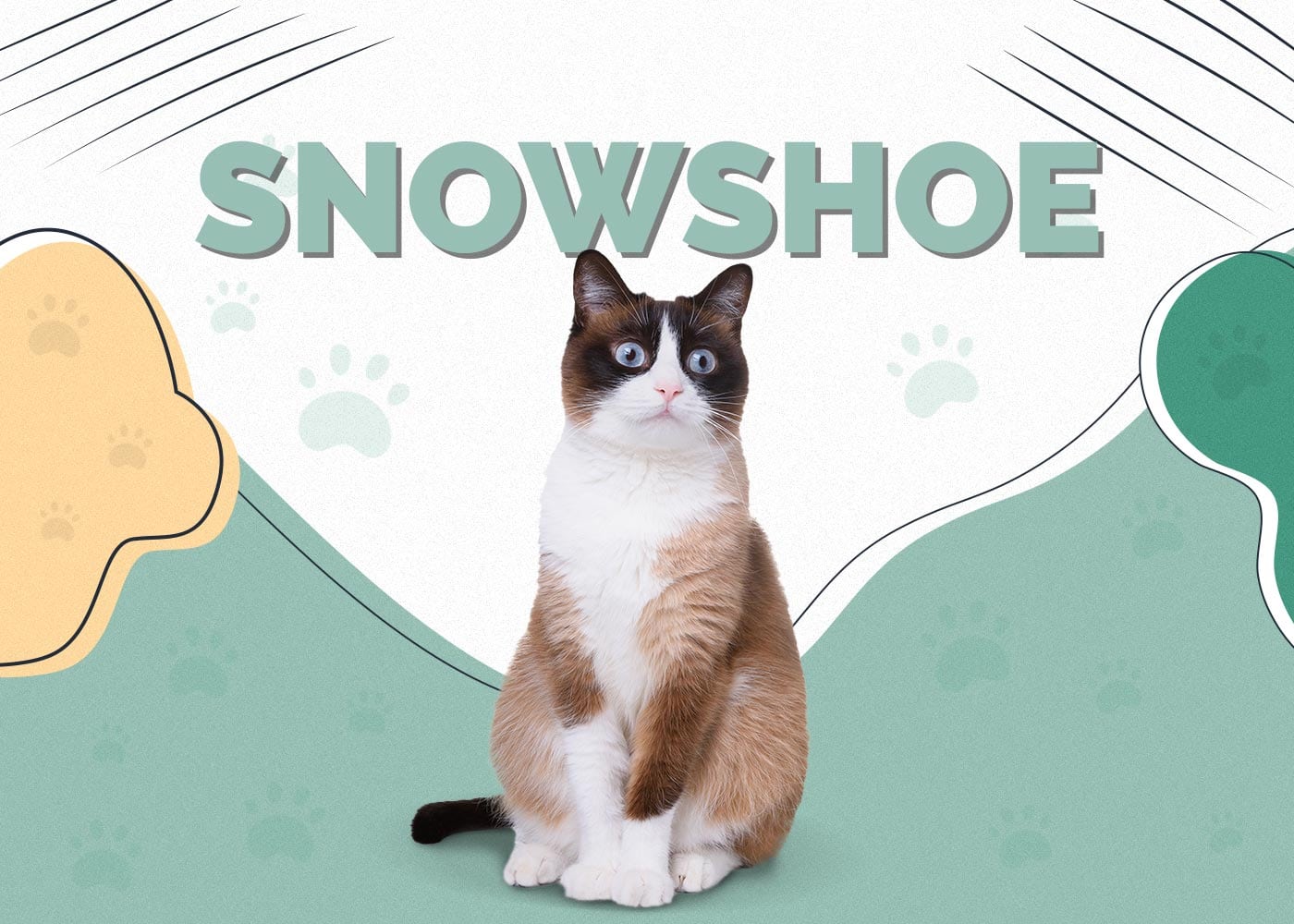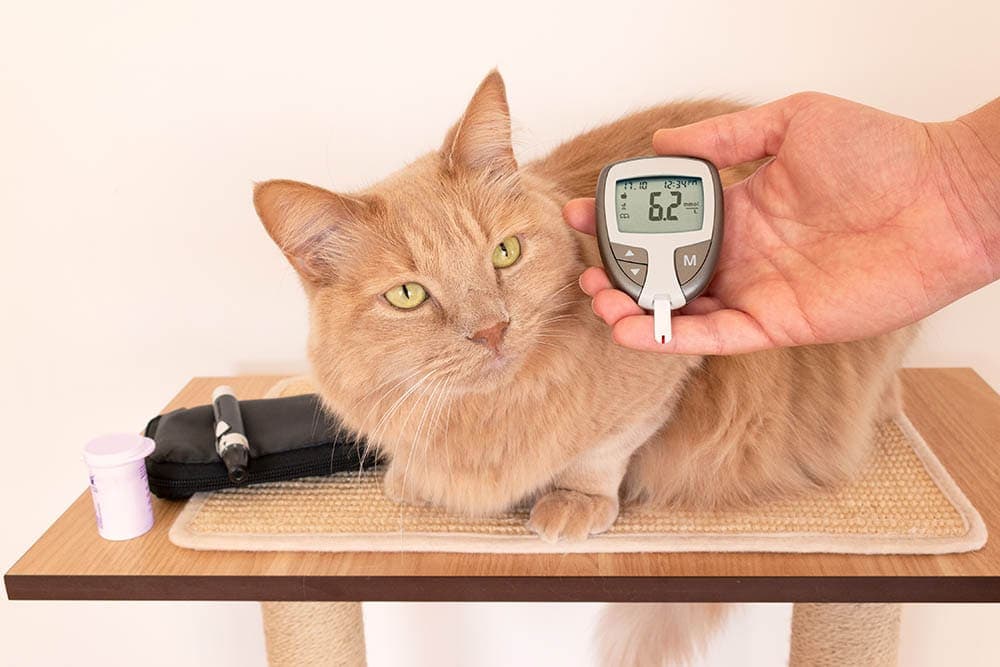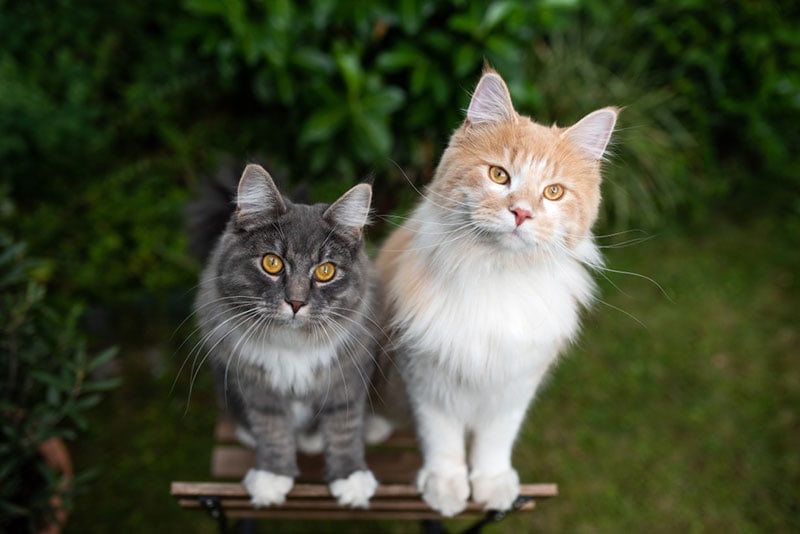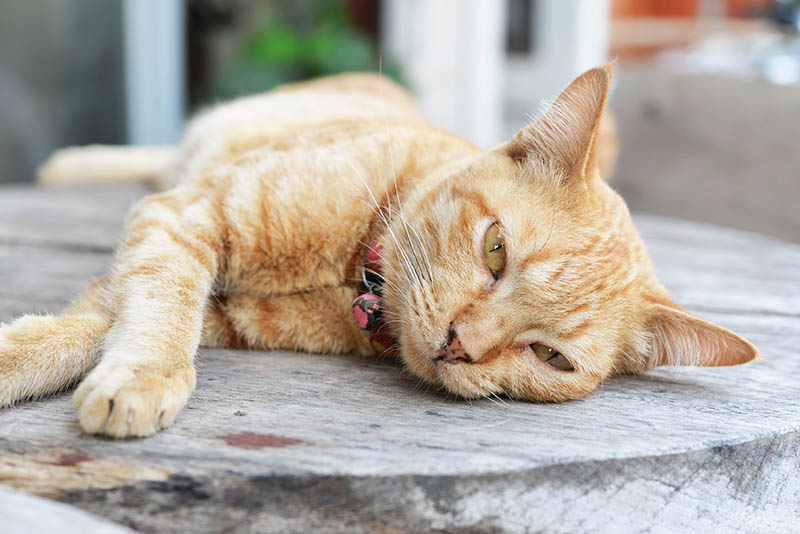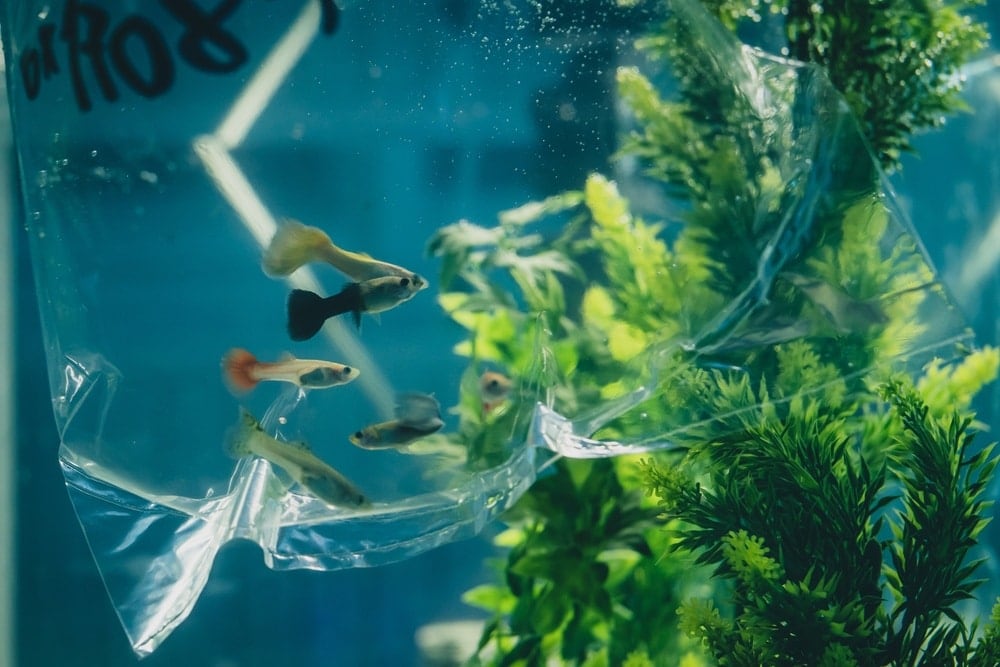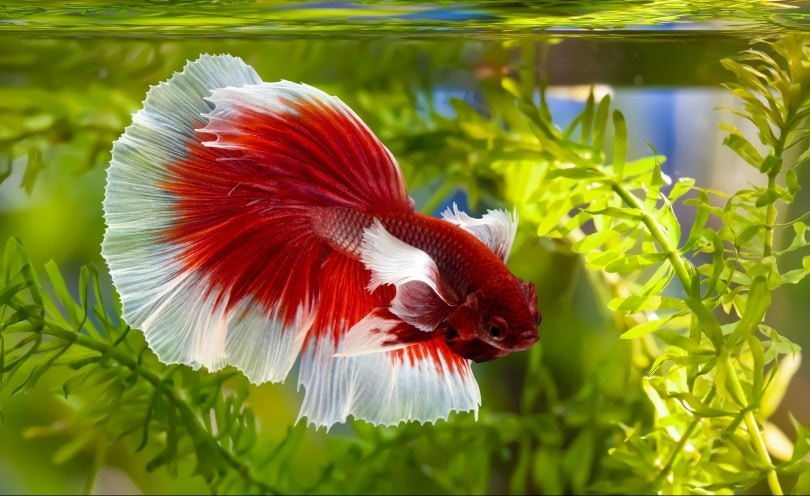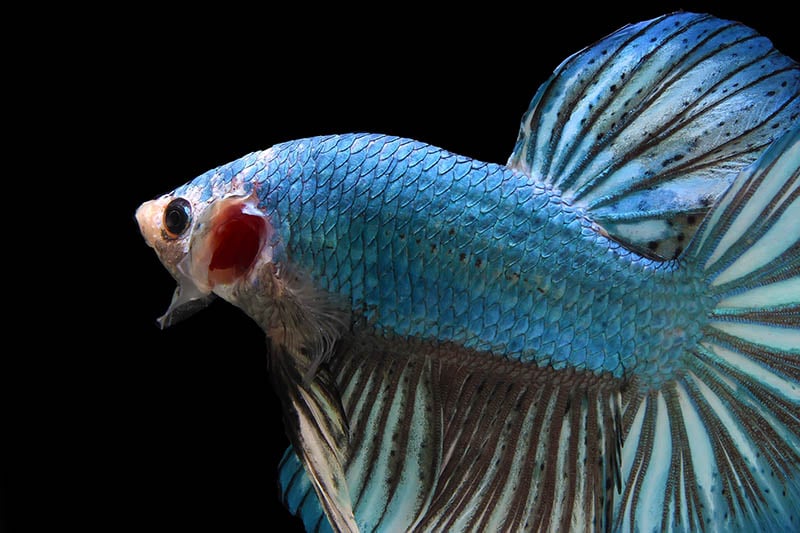Understanding Your Cat’s Basic Needs: A Vet-Reviewed Guide
Updated on
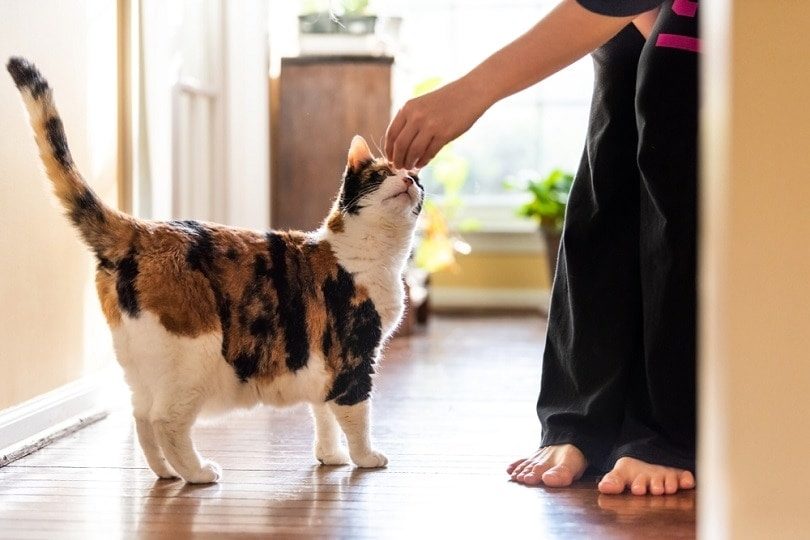
Trying to be the best cat owner you can possibly be? Then this guide is for you. We are exploring seven principles of cat care so you can go from an average cat owner to the cat’s favorite. Let’s dive in and learn some of the essential basics that every cat owner should know.
The Basics of Cat Care
- Socialization
- Food and Water
- Litter Boxes
- Enrichment
- Grooming
- Veterinary Care
- Body Language
If you can earn an A+ in most of these categories, your cat will be a happy, healthy kitty. You’ll not score a perfect 100 because the perfect cat owner does not exist. However, knowing what areas you can improve in will help you be a better cat owner overall.
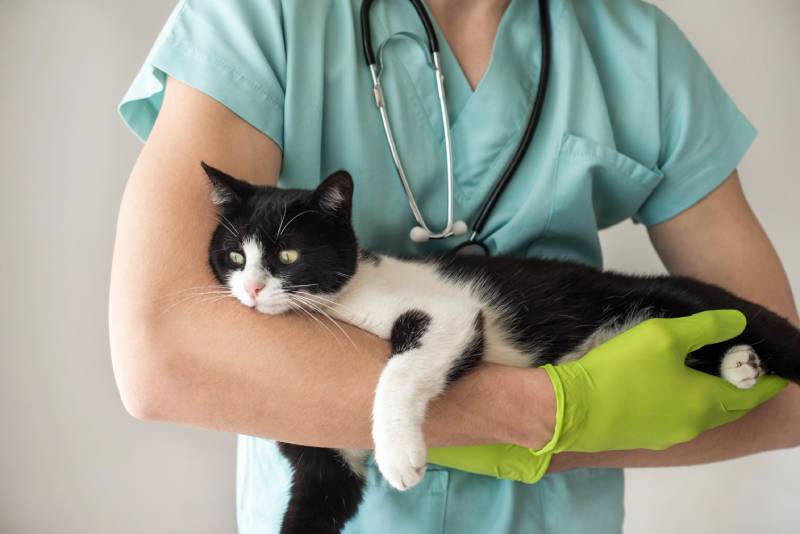
 The 7 Principles of Cat Care
The 7 Principles of Cat Care
1. Socialization
Socialization is a continuum rather than a label. Cats can move in and out of socialization degrees based on previous experiences.
Proper socialization for a cat means exposing a cat to human touch, smell, sounds, and sights in a positive way. A well-socialized cat is comfortable around most humans and human spaces and enjoys companionship. Of course, personality comes into play. Some cats are more social than others. Regardless, all cats should have some exposure to human activity.
The critical period of cat socialization is 2 to 7 weeks old. That’s quite a short window, and any good or bad experience the kitten has at this time will have a long-term impact on their development. This makes socialization tricky if you’re adopting a cat without knowledge of their past. Fortunately, with patience and respect, you can teach your cat to trust and love you in a way that suits their needs.
2. Food and Water
All cats need fresh food and water at all times.
- Age
- Size
- Activity level
- Food brand
Large breeds like Maine Coons require more food than a petite Domestic Shorthair. Outdoor cats are typically very active and therefore will want to eat more, but food brands vary in caloric density.
So much goes into feeding a cat, but to avoid obesity, you’ll need to consider their daily caloric needs. You can use a food calculator to determine the necessary amount based on the caloric density of the food that you buy. That said, it is always best to get your veterinarian involved.
For water, a big bowl of fresh water offered daily will do. But if your cat does not drink enough or if you want to go the extra mile, cat water fountains are great options since cats are attracted to moving water, enticing them to drink more and minimizing bacterial growth.
Water fountains can really help your cat drink more water, but finding the right one can be a challenge. Our Hepper Stainless Steel Cat Water Fountain will keep your cat safe and hydrated with its advanced triple filtration system and large capacity. It's easy to clean in the dishwasher and offers three different flow modes and an automatic shutoff.
- Premium 304-Grade Stainless Steel - This metal cat water fountain is hygienic, with superior...
- Serene & Healthy Cat Drinking Fountain Experience - With whisper-quiet pumping & an advanced...
3. Litter Boxes
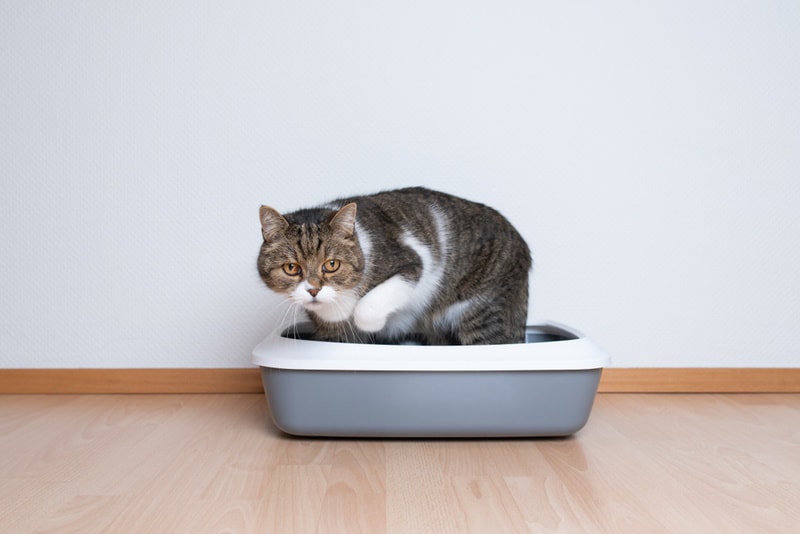
Litter boxes are the worst part of cat ownership. They are stinky and need regular cleaning. Plus, what if your cat chooses to not use the box? Here is the truth about cat ownership: You will, at some point, deal with a cat that won’t use the litter box. It is something every cat owner must make peace with.
Unfortunately, litter box issues are the number-one reason people surrender their cats. Litter box issues are incredibly frustrating, but often, there is an underlying reason, and your cat is trying to communicate this to you.
- Scoop daily.
- Try different litters (sometimes cats are picky about texture).
- Keep litter boxes away from loud, high-traffic places.
- Pay attention to your cat’s waste.
- Offer more than one litter box.
Wondering whether an enzymatic spray or deodorizing powder is better at fighting pet odors? Compare our Pet Stain & Odor Eliminator Spray to our Deodorizer Powder to see which product is best for your deodorizing needs.
 Hepper Bio-Enzyme Pet Stain & Odor Eliminator Spray |
 Hepper Advanced Bio-enzyme Deodorizer & Litter Additive |
|
|---|---|---|
| Eliminates smells |
Eliminates smells:
|
Eliminates smells:
|
| Works inside your cat's litter |
Works inside your cat's litter:
|
Works inside your cat's litter:
|
| Removes stains |
Removes stains:
|
Removes stains:
|
| Works on contact |
Works on contact:
|
Works on contact:
|
| Works on a variety of surfaces |
Works on a variety of surfaces:
|
Works on a variety of surfaces:
|
| Unscented |
Unscented:
|
Unscented:
|
4. Enrichment
The purpose of enrichment is to provide mental and physical stimulation to your cat. Your home may be a loving, peaceful place, but your cat needs avenues to scratch, climb, run, and hunt. These are natural instincts hot-wired into your cat’s DNA, and they need to be able to enjoy them.
Enrichment involves these necessities: cat trees, cat-friendly plants, toys, windows, and hideaway spots. Additionally, you can take your cat on walks and build a catio so your kitty can enjoy the fresh air.
Above all, remember to play with your cat. This will strengthen your relationship, help them burn energy, and ultimately improve your cat’s overall well-being.
5. Grooming
Cats are excellent with hygiene, so you won’t have to intervene much. Still, some cat breeds require more grooming than others, including long-haired breeds, senior cats, and obese cats, which might need your help to keep their coats in shape.
Every cat needs regular tooth brushing and nail trimming. Ear checking should also be done consistently, though the frequency of cleaning varies from cat to cat.
- Brushing teeth
- Cleaning ears
- Trimming nails
- Brushing fur
You can opt to do the work yourself or hire a professional groomer to do a stellar job. Veterinarians will also do nail trims for a small fee and can even teach you how to properly handle your kitty.
6. Veterinary Care
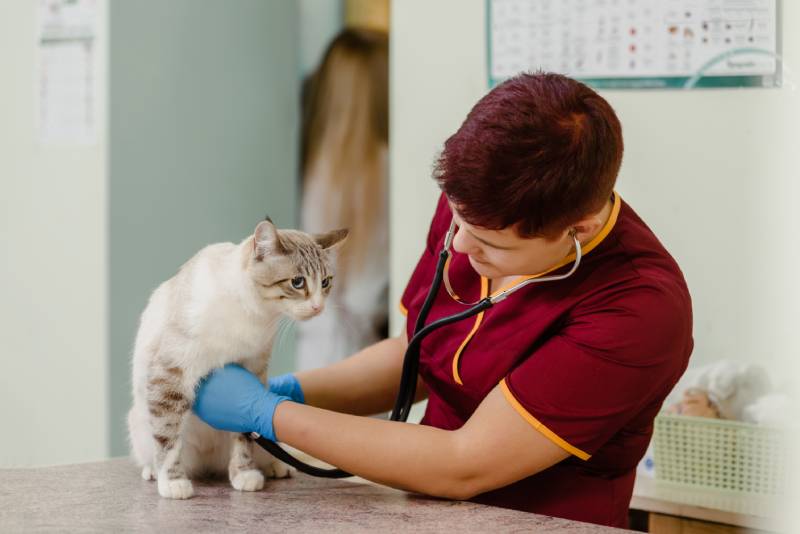
Cats should visit a veterinarian at least once per year for vaccines, flea and tick treatment, and a nose-to-tail examination. You won’t need to update vaccines every year. However, animals age much faster than humans, so a wellness check will give you insight into your cat’s current state of health.
This usually includes blood work and perhaps other biological samples for a more thorough examination. Sometimes, blood work is required to evaluate the effects of certain medicines or diagnose illnesses or is done before procedures that need general anesthesia, such as dental cleanings, spays, neuters, and other surgeries.
Since veterinary care can become quite costly, it’s best to pay for a pet insurance premium that will cover emergencies, accidents, and potentially, wellness checks. Ensure that you thoroughly read the terms and conditions before selecting a plan.
7. Body Language
Understanding your cat’s body language helps you better understand your cat’s needs and what they want at any given moment. People always talk about how cats are hard to read, but they’re trying to read cats like dogs.
Cats are very different from dogs in how they show their emotions. They don’t have expressive faces. Rather, cats use their eyes, ears, tails, and entire body to express how they feel.
For instance, a dog that is relaxed and happy may wag their tail, roll over on their back, and lick you. But a cat will rub against your legs, sit in the same room with you, and perhaps sit on your lap. Often, the affection is reserved, or at least less energetic, but the same amount of positive feelings and emotion is still there.
Cats also use the litter box as the fifth “body language.” A cat that urinates or defecates outside the litter box is telling you that something is wrong. The problem could be medical or behavioral, so it takes some investigating, but we assure you it’s not out of spite.
Conclusion
Owning a cat has its perks. There are no obligatory walks, potty breaks, or intense exercise and training to take up your time. Still, just because cats are low maintenance doesn’t make them no maintenance.
After reading this guide, did you see any areas where you are lacking? If you did, don’t worry. Caring for a pet takes dedication and continuous learning. The important thing is you’re here and ready to improve an animal’s life.
Featured Image Credit By: Andriy Blokhin, Shutterstock


 The 7 Principles of Cat Care
The 7 Principles of Cat Care
